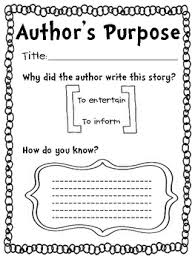Fractions and ratios (and by extension rational numbers) are all around us and, knowingly or not, we use them every day. If you wanted to brag over the fact that you ate half a pizza by yourself (and why not?) or you needed to know how many parts water to rice you need when making rice on the stove (two parts water to one part rice), then you need to communicate this using fractions and ratios.
In essence, fractions and ratios represent pieces of a whole by comparing those pieces either to each other or to the whole itself. Don’t worry if that sentence makes no sense right now. We’ll break down all the rules and workings of these concepts throughout this guide--both how these mathematical concepts work in general and how they will be presented to you on the ACT.
Whether you are an old hat at dealing with fractions, ratios, and rationals, or a novice, this guide is for you. This guide will break down what these terms mean, how to manipulate these kinds of problems, and how to answer the most difficult fraction, ratio, and rational number questions on the ACT.
























